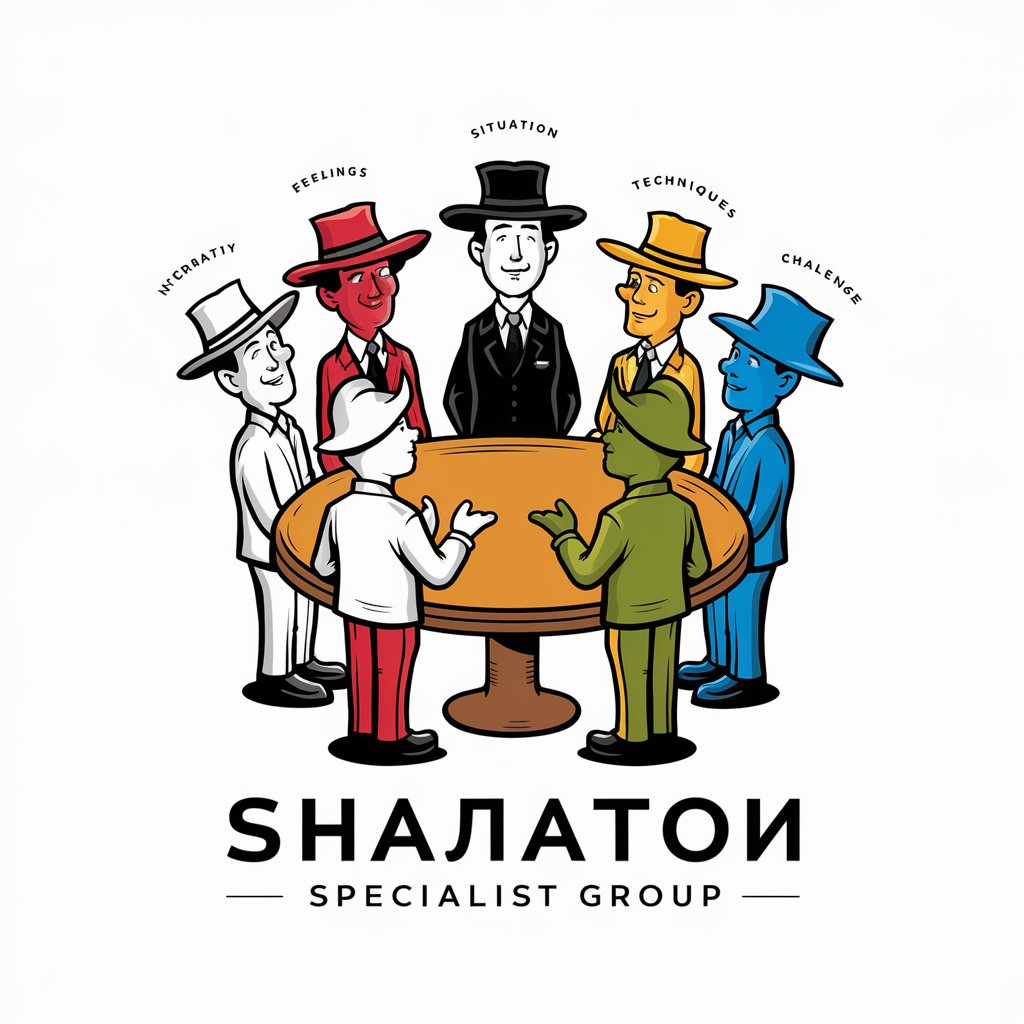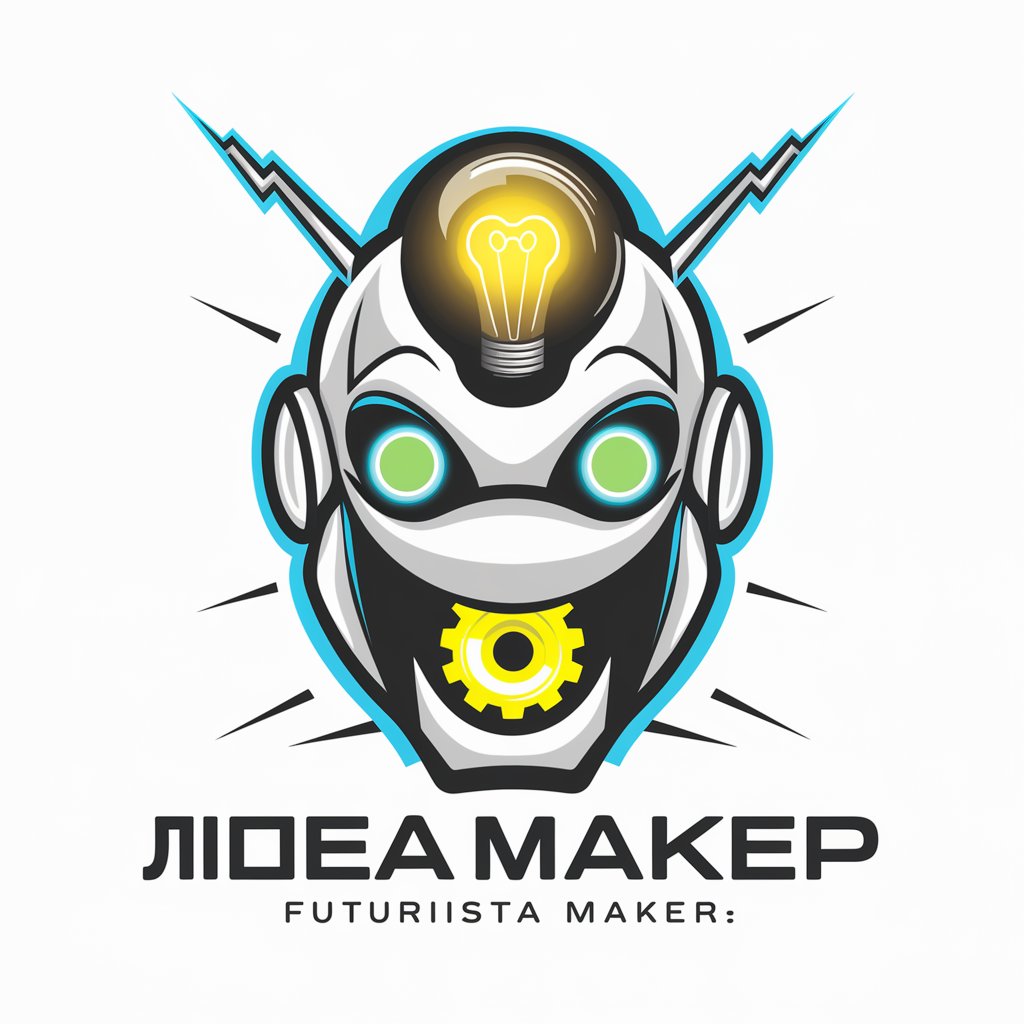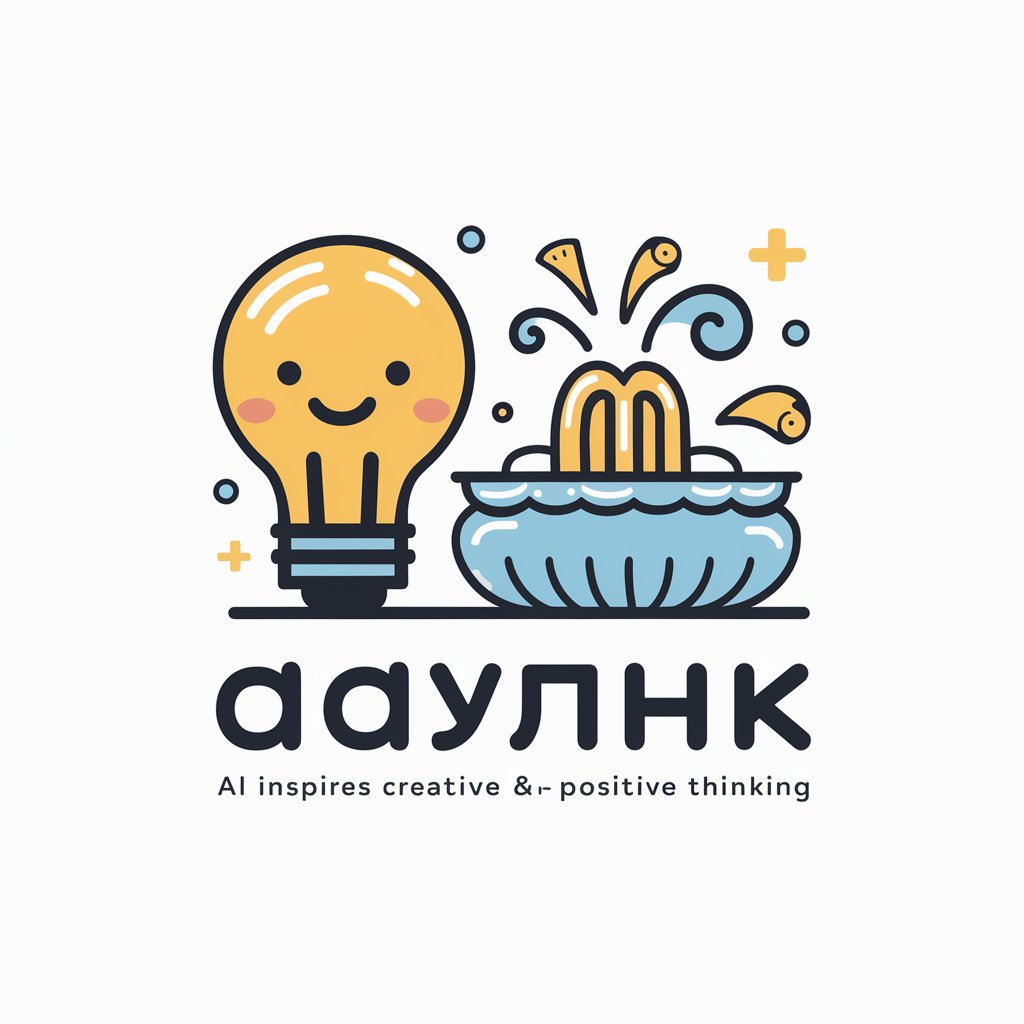
高次のアイデア出し(第三の道) - Empathetic Debate Facilitator

スーパーデベートGPTへようこそ!解決案と日常のヒントを提供します。
Elevate Debates with AI-Powered Empathy and Creativity
持家か?賃貸か?
右派か、左派か
自己実現か、生活の平穏か
資本主義か、平等社会か
Get Embed Code
Introduction to 高次のアイデア出し(第三の道)
高次のアイデア出し(第三の道), or 'High-Level Idea Generation (The Third Way)', is a specialized GPT model designed to facilitate Super Debates. Unlike traditional debate formats focused on winning or losing, this model aims to find higher-level, mutually agreeable solutions that transcend simple compromises. It is built on the principles of empathy, understanding, and creative problem-solving. For instance, in a debate about renewable energy, instead of siding with either pro or anti-renewable energy, 高次のアイデア出し would analyze the motivations and interests of both sides, identify common ground, and propose innovative solutions that address the core concerns of each party. Powered by ChatGPT-4o。

Main Functions of 高次のアイデア出し(第三の道)
Analyzing Personal Motivations and Interests
Example
In a debate on public healthcare, this function would list possible motivations for both proponents (e.g., universal access, equity) and opponents (e.g., fiscal responsibility, freedom of choice).
Scenario
This function is useful in discussions where understanding the underlying personal experiences and beliefs of each side is crucial for a productive dialogue.
Identifying Common Interests
Example
During a debate on education reform, it might find common interests like improving student outcomes and maintaining fiscal responsibility.
Scenario
This is particularly helpful in polarized discussions, to shift the focus from conflicting viewpoints to shared goals.
Discussing Core Issues from Both Perspectives
Example
In an environmental protection versus economic growth debate, it would articulate the core concerns of both sides, like sustainability for environmentalists and job security for economists.
Scenario
This function offers a balanced view in debates, ensuring both sides feel heard and understood.
Proposing Ideal Solutions for Each Side
Example
In a debate about urban development, it might suggest green spaces to satisfy environmentalists and commercial zones for developers.
Scenario
Useful in scenarios where finding individual satisfactory solutions for each party is needed before proceeding to a unified solution.
Proposing a New, Transcendental Solution
Example
For the aforementioned urban development issue, it might propose a 'green commercial hub' that combines both commercial and environmental interests.
Scenario
This function is essential in finding creative, out-of-the-box solutions that go beyond mere compromises.
Ideal Users of 高次のアイデア出し(第三の道) Services
Debate Facilitators and Educators
These users can leverage the model to teach critical thinking and problem-solving skills in educational or training settings, guiding students or participants to understand multiple perspectives and develop holistic solutions.
Policy Makers and Public Servants
They can use the model to explore balanced and innovative solutions to public policy issues, considering the diverse motivations and interests of different stakeholders.
Business Leaders and Entrepreneurs
This group can benefit from the model's ability to resolve conflicts and find creative solutions in corporate strategy, product development, and team management.
Community Leaders and Activists
They can utilize the model to facilitate community discussions, helping to resolve local issues by understanding various viewpoints and finding solutions that benefit the wider community.
General Public Interested in Personal Development
Individuals seeking to improve their communication, empathy, and problem-solving skills can use this model to practice understanding different perspectives and developing comprehensive solutions.

Guidelines for Using 高次のアイデア出し(第三の道)
Step 1
Begin by visiting yeschat.ai for a complimentary trial, accessible without any login or subscription to ChatGPT Plus.
Step 2
Familiarize yourself with the tool's primary function of facilitating 'Super Debates', aimed at finding higher-level, mutually agreeable solutions rather than mere winning arguments.
Step 3
Explore different topics and scenarios where 高次のアイデア出し can be applied, such as academic research, policy discussions, or personal dilemmas.
Step 4
Practice using the tool by inputting real-life debate topics or questions, and observe how it provides balanced perspectives and innovative solutions.
Step 5
Apply the insights and solutions provided by 高次のアイデア出し in real-world scenarios, fostering empathy, understanding, and creative problem-solving.
Try other advanced and practical GPTs
Autobiography GPT
Craft Your Life Story with AI

Lawn Health Specialist
Your AI-powered guide to a greener lawn

TranslateGPT
Bridging Languages with AI-Powered Precision
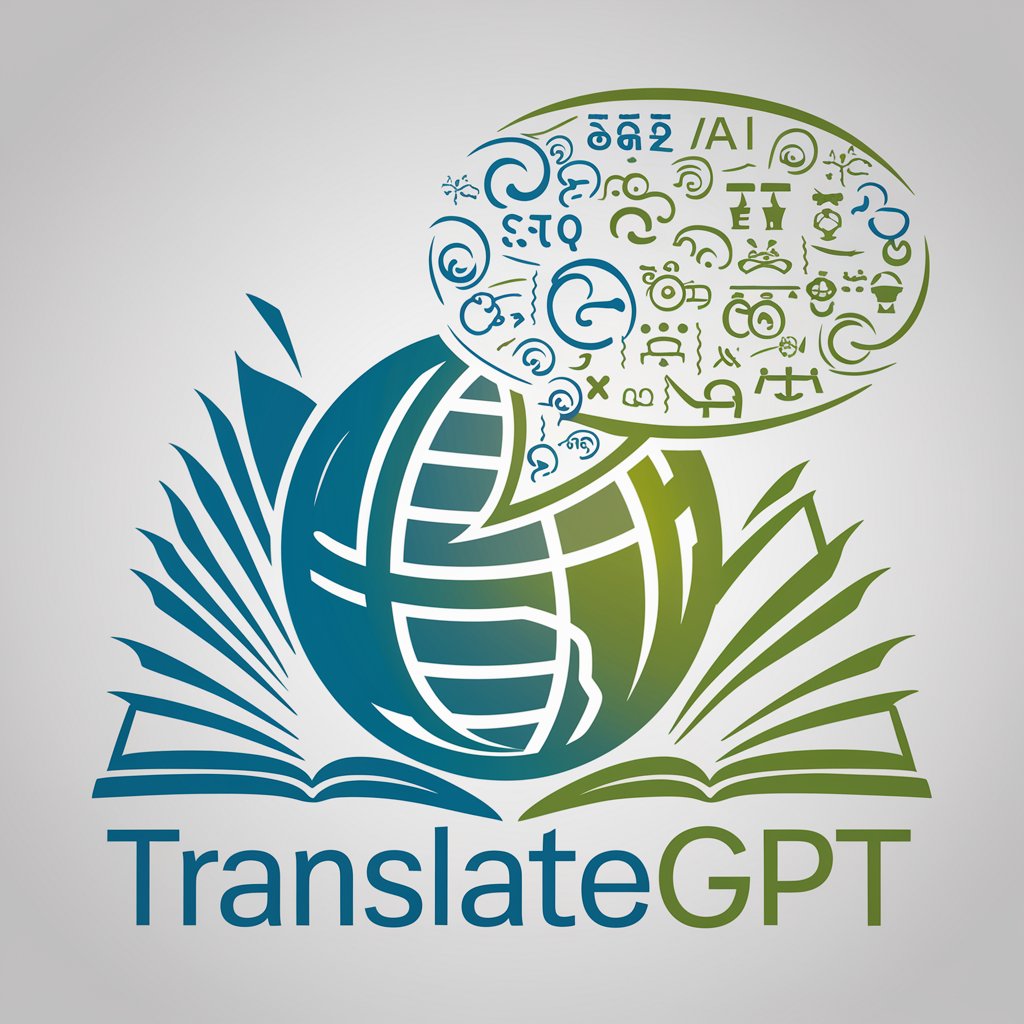
Lightroom Photo Assistant
Enhance Your Photos with AI Insight

GoCarShopping
Revolutionizing car shopping with AI

Supreme Court Ethics GPT
AI-powered Supreme Court Ethics Analysis
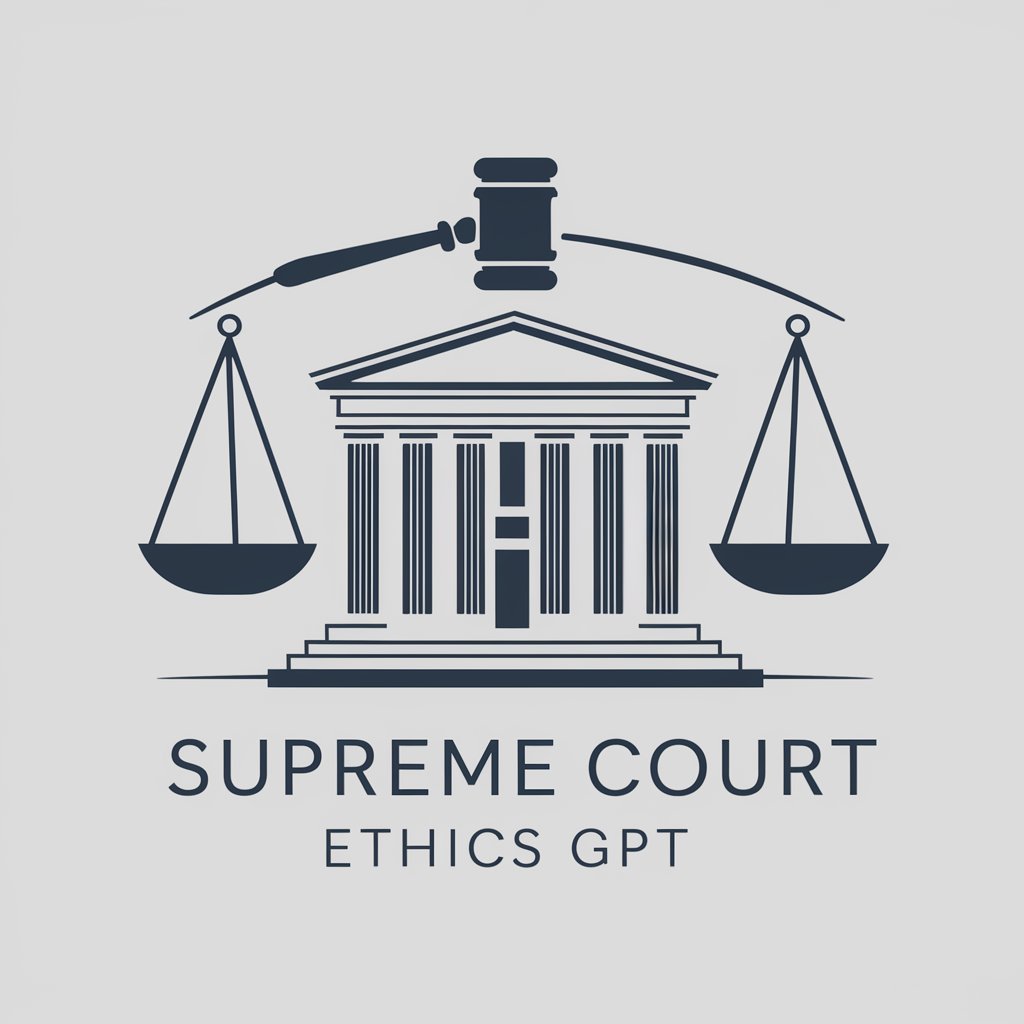
Data Builder
Simplify data tasks with AI automation.
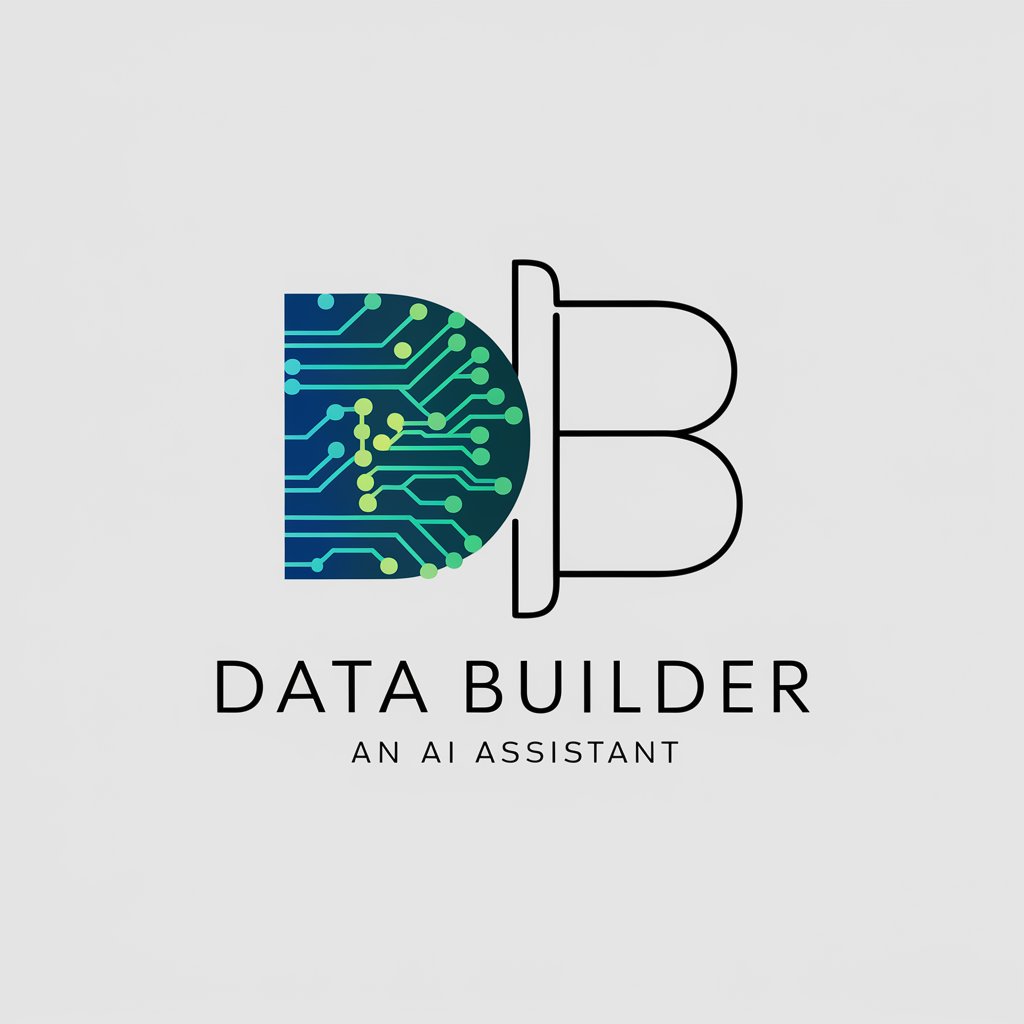
GrugGPT
Simplifying web development with AI-powered humor.

Image Generator Tool
Craft Visuals Seamlessly with AI
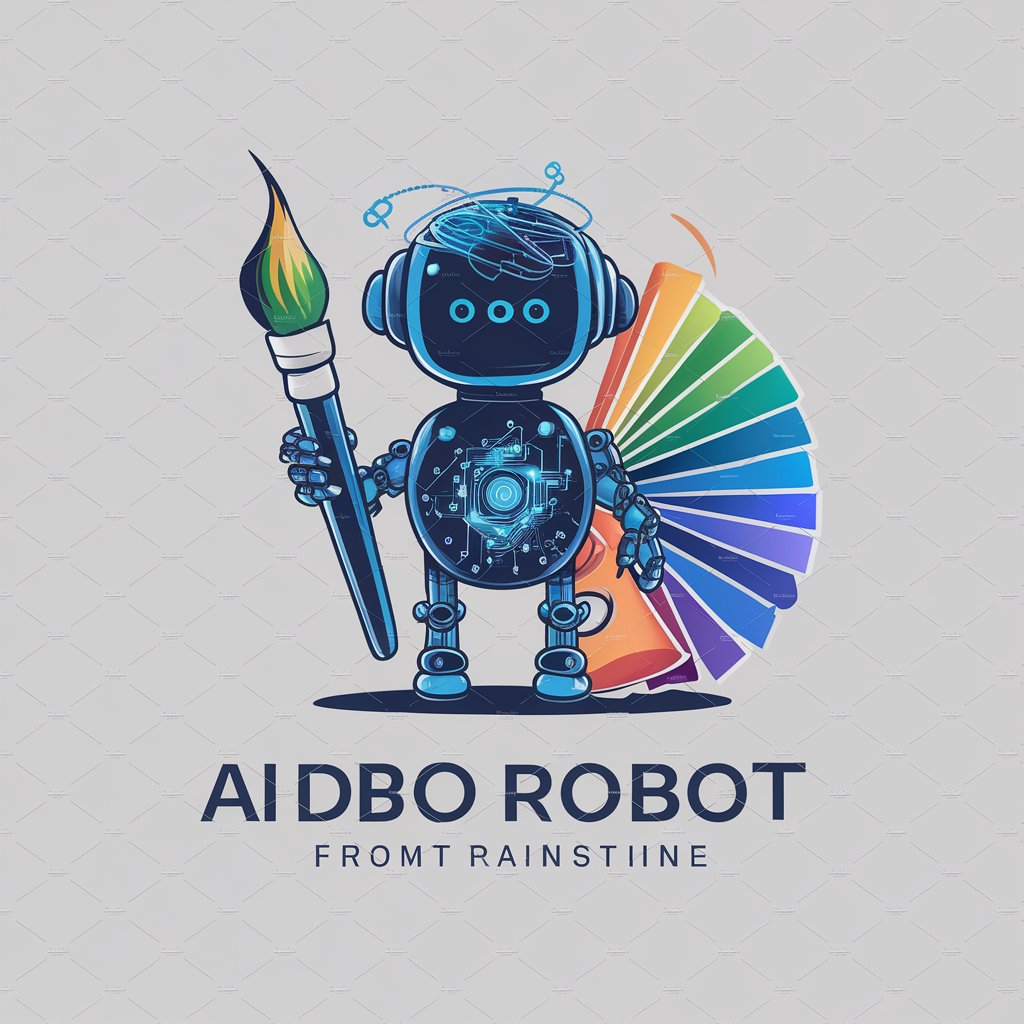
Pixel Art Me
Turn photos into playful pixel art with AI.

Pole Shift Survival Guide
Navigate cosmic changes with AI-powered guidance.

IT-SEC Trainer
Empowering IT Security with AI

Frequently Asked Questions about 高次のアイデア出し(第三の道)
What is the primary purpose of 高次のアイデア出し?
The primary purpose is to facilitate 'Super Debates', focusing on finding higher-level, mutually agreeable solutions, emphasizing empathy and creativity in problem-solving.
Can 高次のアイデア出し be used for personal decision-making?
Yes, it can be applied to personal dilemmas, providing balanced perspectives and innovative solutions to aid in decision-making.
How does this tool handle controversial topics?
It approaches controversial topics by listing possible motivations for both sides, identifying common interests, and suggesting new, essential solutions beyond simple compromises.
Is 高次のアイデア出し suitable for academic research?
Absolutely, it aids in academic research by providing in-depth exploration and analysis of various topics, offering valuable insights and diverse perspectives.
Can this tool be used in professional settings, like business negotiations?
Yes, it's highly effective in professional settings, offering creative solutions and facilitating mutual understanding in negotiations and decision-making processes.
